A Guide to Front Leg Sling Belts: Helping Dogs Heal from Injuries & Arthritis
As our beloved canine companions age or face injury, their mobility can become compromised, especially in the front limbs. Whether due to surgery, arthritis, congenital conditions, or trauma, dogs with front leg injuries often require supportive aids to help them move safely and comfortably. One of the most practical solutions available today is the Front Leg Sling Belt—a simple yet effective device designed to assist dogs during recovery or in managing mobility-related issues.
What Is a Front Leg Sling Belt?
A Front Leg Sling Belt is a supportive harness designed to aid dogs with limited use of their front limbs. Made from durable yet soft materials, it wraps around the dog’s chest or front legs and attaches to a handle or strap that the pet parent holds. This allows the human to gently lift and guide the dog, reducing pressure on injured or weak joints and muscles.
Components Typically Include:
- Padded sling or chest strap
- Adjustable handles or lifting straps
- Velcro or buckle closures
- Non-slip inner lining
- Machine-washable materials
These devices are engineered to distribute the dog’s weight evenly, preventing strain on any one limb or joint.
Indications for Using a Front Leg Sling Belt
This can be due to several medical or age-related conditions, including:
1. Post-Surgical Recovery
Dogs recovering from surgeries such as:
- Shoulder dislocation repair
- Elbow dysplasia surgery
- Fracture repair
- Tumor removal (involving forelimb muscles or bones)
2. Arthritis and Degenerative Joint Disease
Senior dogs often develop osteoarthritis, especially in the elbow or shoulder joints, making it painful or difficult to walk. The sling reduces joint stress during movement.
3. Neurological Conditions
Conditions like degenerative myelopathy, radial nerve paralysis, or brachial plexus injury may impair front leg use. Sling belts can offer the support needed for walking or rehabilitation therapy.
4. Trauma and Injury
Injuries from car accidents, falls, or rough play can lead to temporary or long-term disability in the front legs. The sling provides controlled support during the healing process.
5. Limb Weakness from Age or Chronic Illness
Weakness due to muscle atrophy, cancer, or systemic disease often affects mobility. A front leg sling enables the dog to retain mobility with minimal discomfort.
Key Benefits of a Front Leg Sling Belt
Restores Mobility Without Pain
By shifting some of the dog’s weight off its injured or weak limbs, the sling allows your dog to walk short distances safely and pain-free.
Improves Quality of Life
Dogs remain mentally stimulated and emotionally fulfilled when they can continue to walk, explore, and socialize, even during recovery.
Reduces Risk of Further Injury
Dogs struggling to walk unaided are more likely to fall or strain healthy limbs. A sling prevents these secondary injuries.
Promotes Faster Healing
Controlled movement and weight distribution can accelerate post-operative healing and reduce swelling or inflammation.
Supports Pet Owners
Carrying a medium or large dog is impractical. A sling lets pet parents assist their dogs without back strain or awkward handling.
How to Use a Front Leg Sling Belt: Step-by-Step Guide
Helping your dog regain mobility after an injury, surgery, or neurological condition can be challenging. A front leg sling belt offers supportive assistance that allows safe, controlled movement. Here’s how to use it properly:
1: Select the Correct Size
- Measure your dog’s chest circumference (just behind the front legs) and front leg height.
- Compare measurements with the manufacturer’s size chart to ensure a snug but comfortable fit.
2: Familiarize Your Dog
- Gently rub the sling against your hand or clothing to transfer your scent—this helps reduce anxiety.
- Reward your dog with a treat or gentle praise to associate the sling with positivity.
3: Position the Sling Correctly
- Carefully place the padded sling under the chest area, supporting both front legs evenly.
- For models with sleeves or loops for legs, guide each front leg into the corresponding sleeve.
4: Secure the Straps
- Wrap the belt around the dog’s torso and secure Velcro or buckle fasteners as per the design.
5: Attach and Adjust the Handles
- Some slings have handheld loops, while others come with shoulder straps.
- Adjust the length so that you can walk upright while supporting your dog.
- Grip both sides evenly to avoid leaning or imbalance during movement.
6: Begin Assisted Walking
- Keep your movement slow and steady.
- Walk only on flat, non-slippery surfaces for safety.
7: Provide Rest Breaks
- Remove the sling during breaks to let the skin breathe and prevent pressure sores.
8: Clean and Store After Use
- Check for fur, dirt, or moisture buildup.
- Machine-wash the sling (if permitted) or wipe down with a damp cloth.
Pro Tips:
- Practice short sessions at first, increasing time gradually.
- Never drag or lift your dog off the ground entirely unless advised by a veterinarian.
Sling Support Usage Guidelines
| Dog Weight (kg) | Recommended Sling Size | Daily Use Duration | Rest Breaks |
| 2–5 kg | Extra Small (XS) | 5–10 minutes x 3–4 times/day | Every 2–3 minutes walking |
| 6–15 kg | Small (S) | 10–15 minutes x 3 times/day | Every 5 minutes walking |
| 16–30 kg | Medium (M) | 10–20 minutes x 2–3 times/day | Every 7–10 minutes walking |
| 31–45 kg | Large (L) | 10–20 minutes x 2 times/day | Every 10 minutes walking |
| 46+ kg | Extra Large (XL) | 5–15 minutes x 2 times/day | Every 5–7 minutes walking |
Note: Always follow your veterinarian’s recovery protocol.
Precautions and Safety Guidelines
Using a Front Leg Sling Belt can greatly enhance your dog’s mobility and recovery, but improper use can lead to discomfort or further injury. Follow these essential safety precautions to ensure optimal results:
1. Always Consult Your Veterinarian First
- Before using a sling, get approval from your veterinarian, especially post-surgery or in cases involving fractures, nerve damage, or chronic illness.
2. Ensure Proper Fit
- A poorly fitted sling can cause pressure sores, chafing, or restrict circulation.
- Make sure the sling:
- Is snug but not tight
- Does not pinch or compress the ribcage or shoulders
- Allows full range of motion for non-injured parts
3. Limit Use to Assisted Mobility Only
- The sling is meant to assist walking, not replace normal movement.
- Never leave the sling on when your dog is resting, sleeping, or unsupervised.
- Prolonged use may cause overheating or skin irritation.
4. Monitor for Discomfort or Pain
- Watch for signs such as:
- Whining or reluctance to move
- Limping or worsening gait
- Chewing or scratching at the sling
5. Avoid Uneven or Slippery Surfaces
- Avoid stairs, gravel, wet floors, or rough terrain unless under strict guidance.
6. Adjust Handle Height Properly
- The handle or strap should be at a height that allows you to walk upright without hunching or pulling.
- Uneven support can cause imbalanced movement or strain your dog’s neck and spine.
7. Check the Sling Frequently
- Inspect for:
- Loose stitching or worn fabric
- Broken buckles or frayed straps
- Moisture buildup or odors
- Clean it regularly according to the manufacturer’s instructions.
8. Limit Session Duration
- Start with short sessions (5–10 minutes), gradually increasing based on your vet’s guidance.
- Include frequent breaks to avoid fatigue and overheating.
9. Supervise All Sling Use
- Never allow your dog to move with the sling unsupervised.
- Remove the sling immediately if your dog shows agitation, stress, or attempts to bite it.
10. Don’t Substitute for Proper Rehab
- Combine its use with rehabilitation exercises, massage, or cold/heat therapy if prescribed.
Scientific Research & Veterinary Support
Orthopedic Support
Studies in veterinary orthopedics suggest that assistive devices like slings help reduce compensatory strain on unaffected limbs, thereby preventing further musculoskeletal complications during recovery.
Rehabilitation Benefits
Research published in the Journal of Small Animal Practice shows that controlled mobilization using support aids can enhance recovery and improve gait quality after limb surgery.
Veterinarian Recommendations
Veterinarians often recommend sling belts as part of a comprehensive rehabilitation plan that includes physiotherapy, anti-inflammatory medication, and nutritional support.
Choosing the Right Sling Belt
When selecting a front leg sling, consider:
- Material: Look for breathable, padded fabric to prevent overheating or pressure sores.
- Handle Type: Shoulder strap or handheld loop—choose based on comfort.
- Ease of Cleaning: Machine-washable designs are preferred.
- Non-Slip Lining: Prevents slipping, especially for short-coated dogs.
Conclusion
The Front Leg Sling Belt is more than just a mobility aid—it’s a lifeline for dogs dealing with pain, weakness, or surgical recovery. Whether your dog is recovering from an operation, managing chronic arthritis, or simply needs a little help getting around, this tool provides critical support and improves quality of life. As pet owners, it’s our responsibility to ensure our dogs are not only safe but also comfortable and active. The front leg sling belt makes this possible—even in the most challenging circumstances. Always consult with your veterinarian before beginning use and follow a structured recovery plan. With the right care, tools like the Front Leg Sling Belt can restore independence, confidence, and happiness in your dog’s daily life.







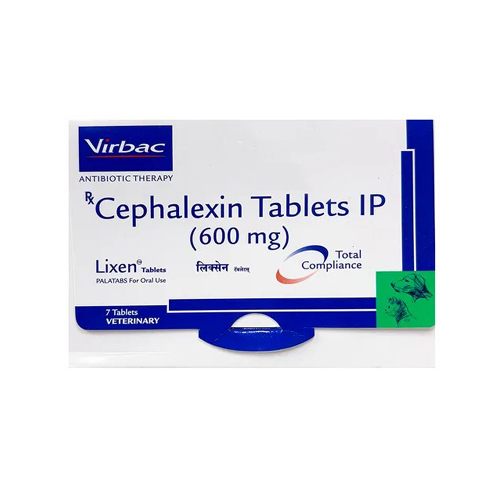




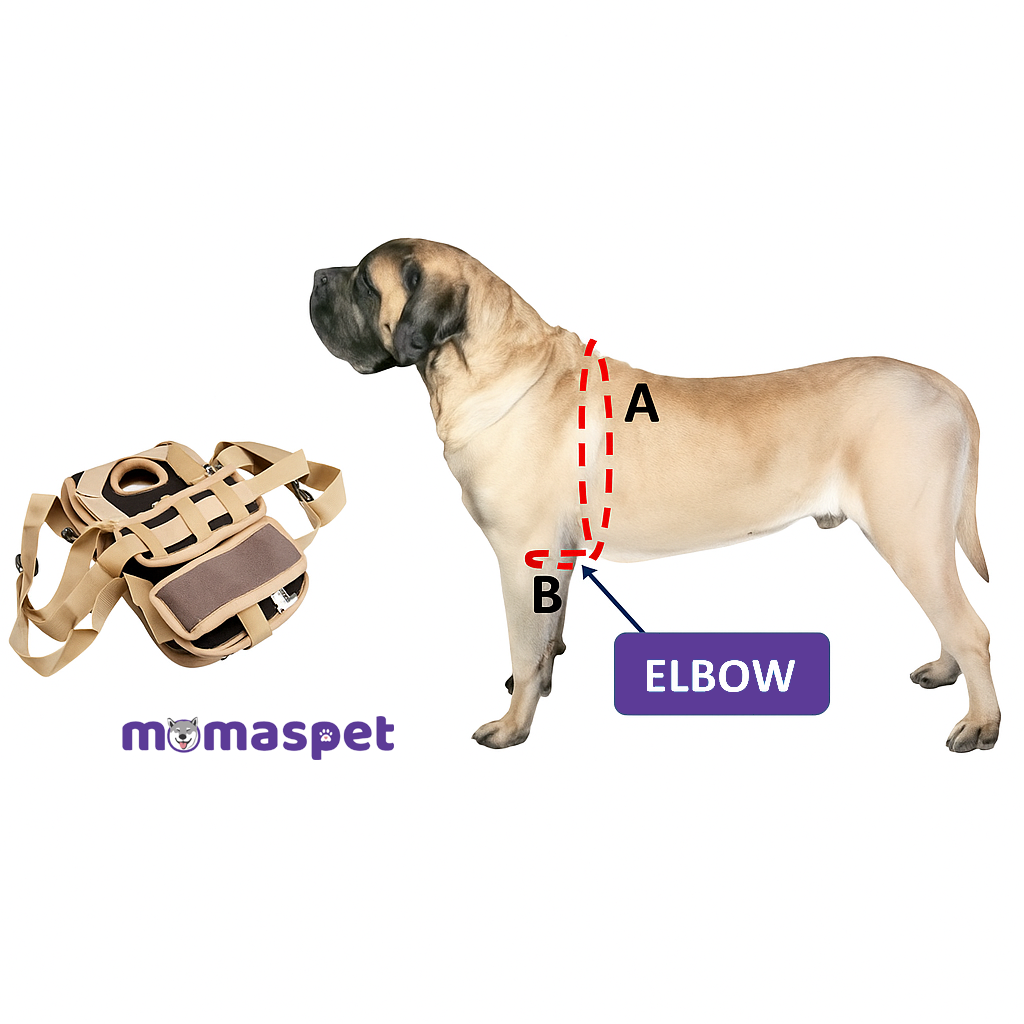
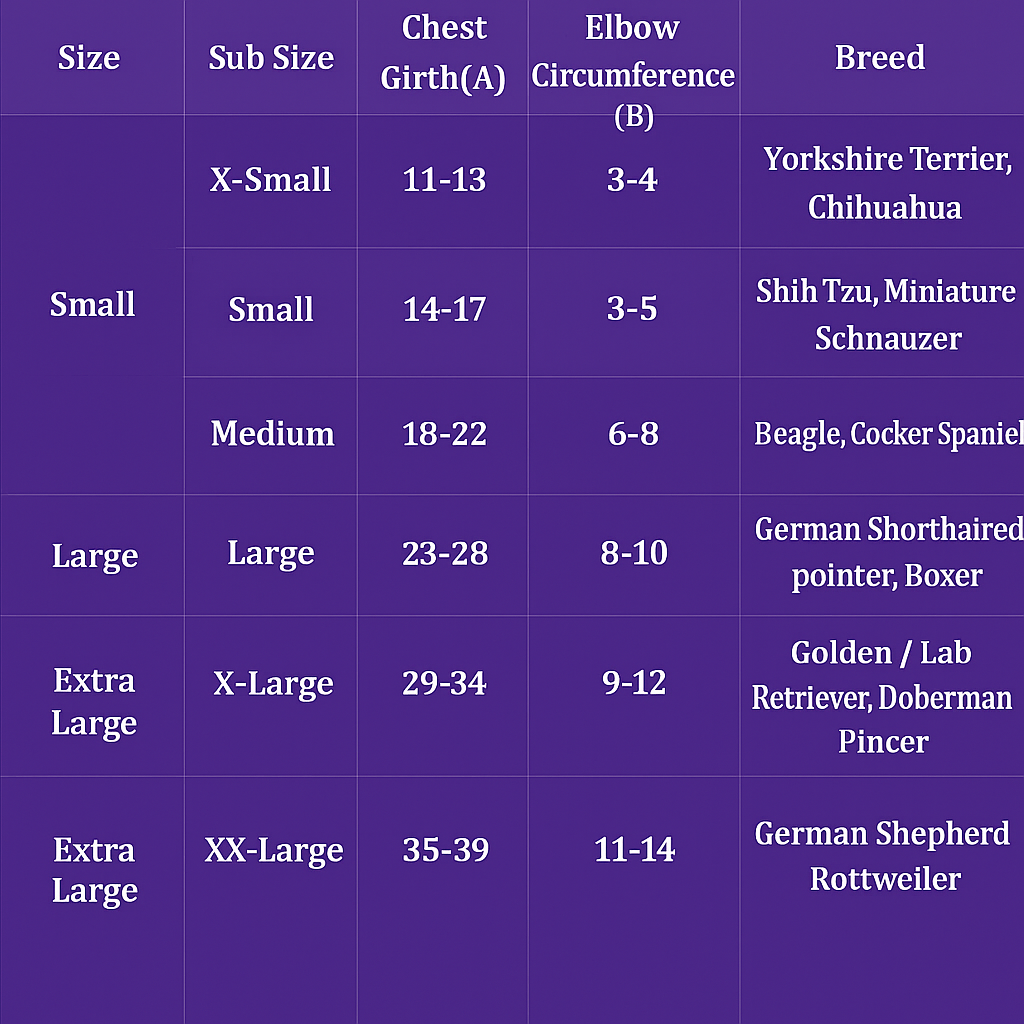
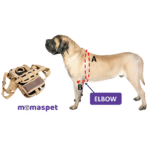
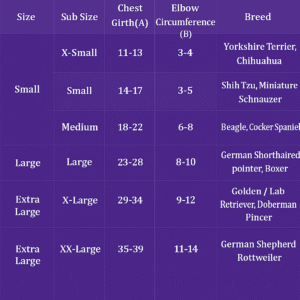
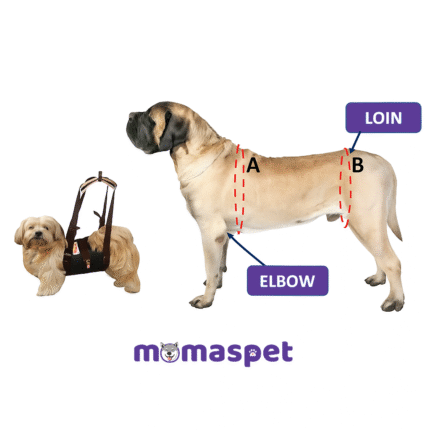
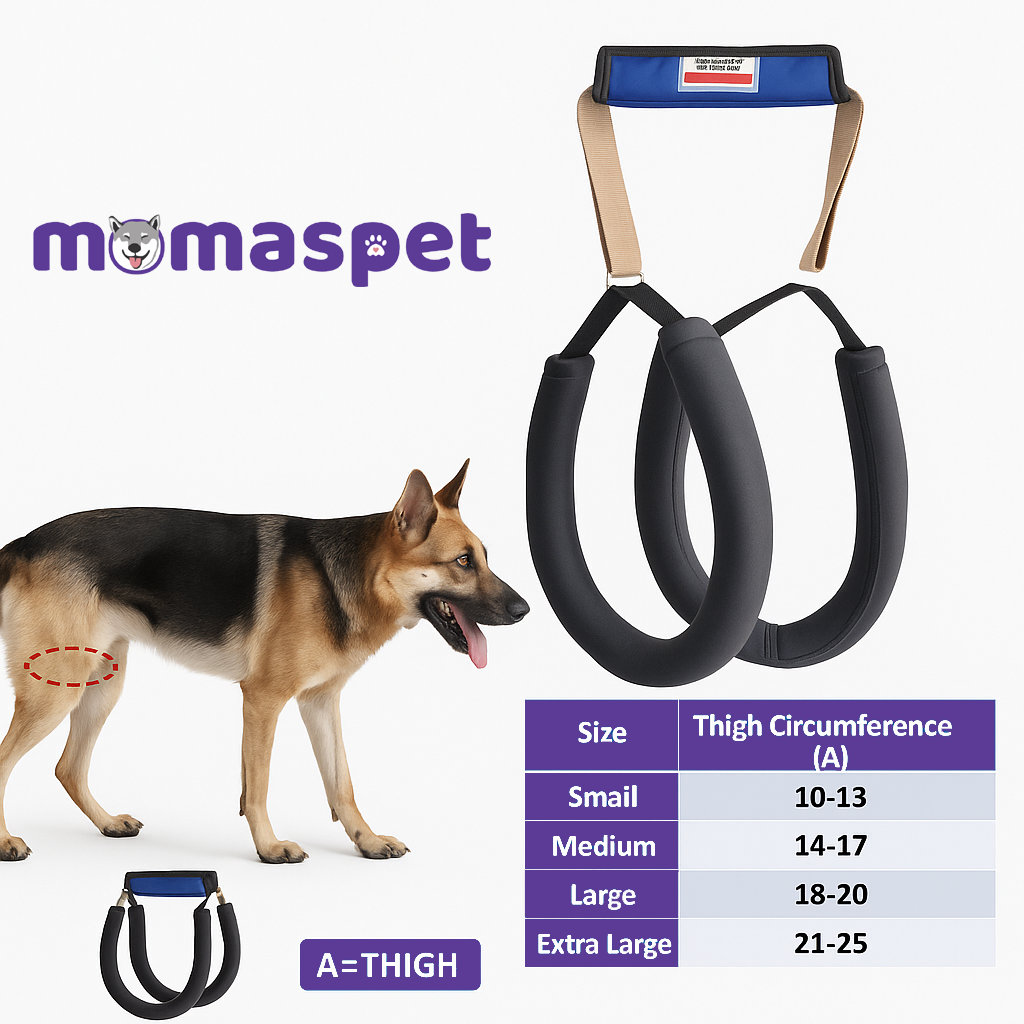

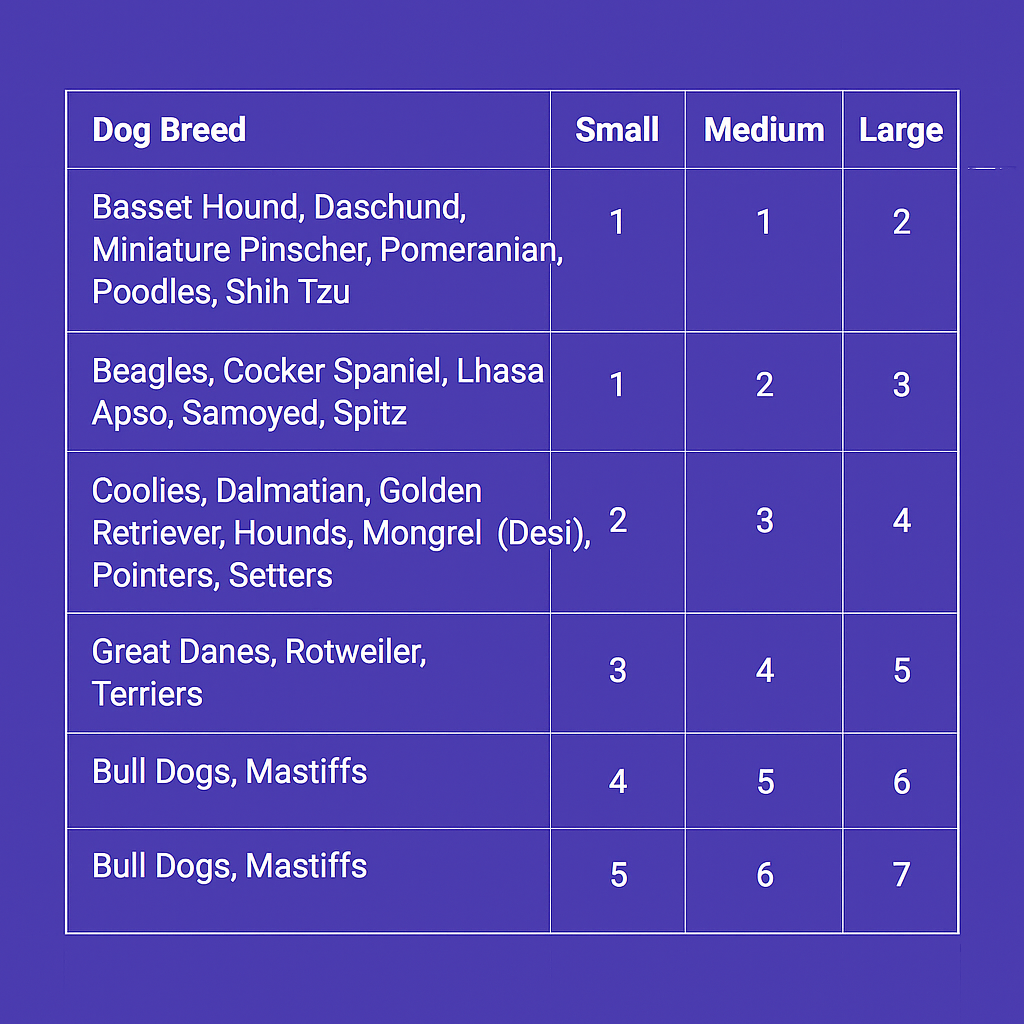
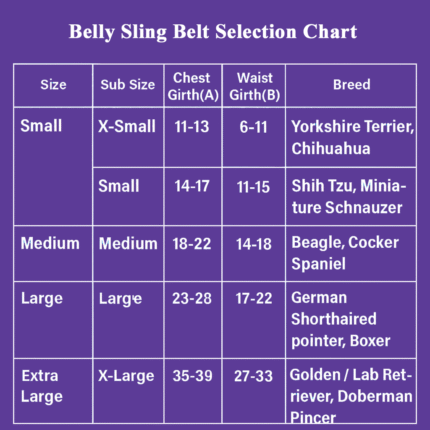
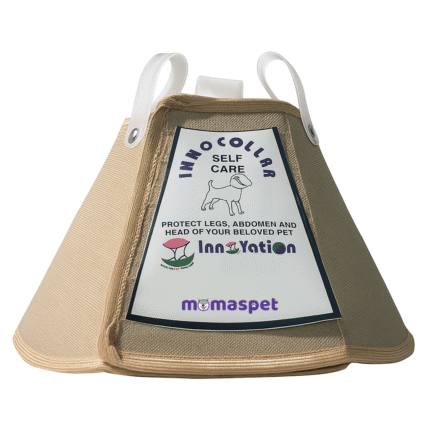
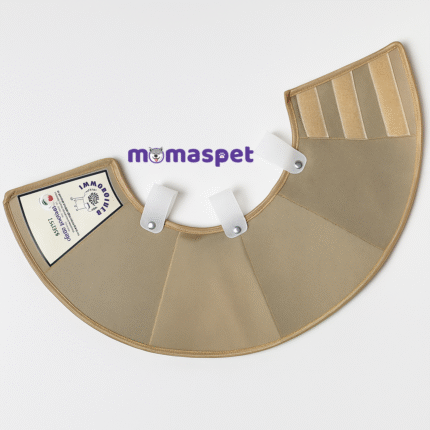
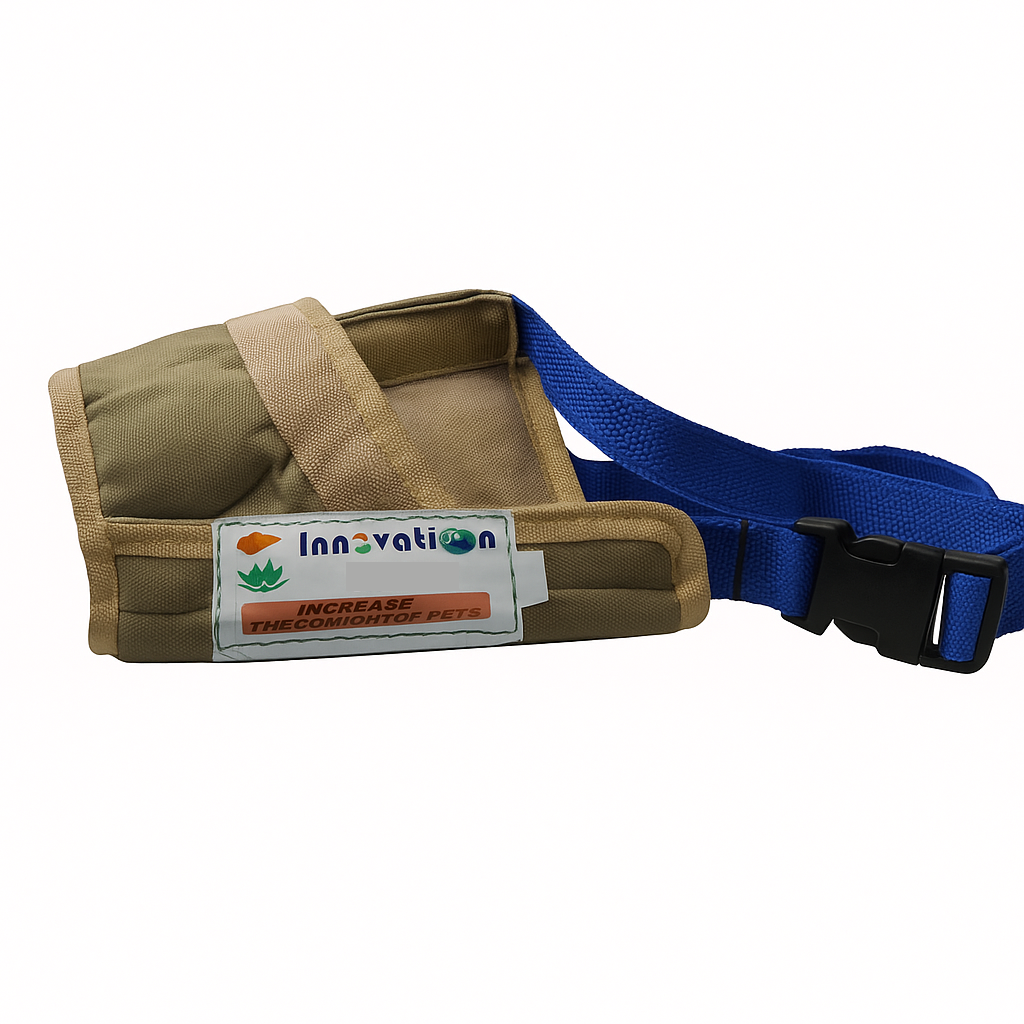
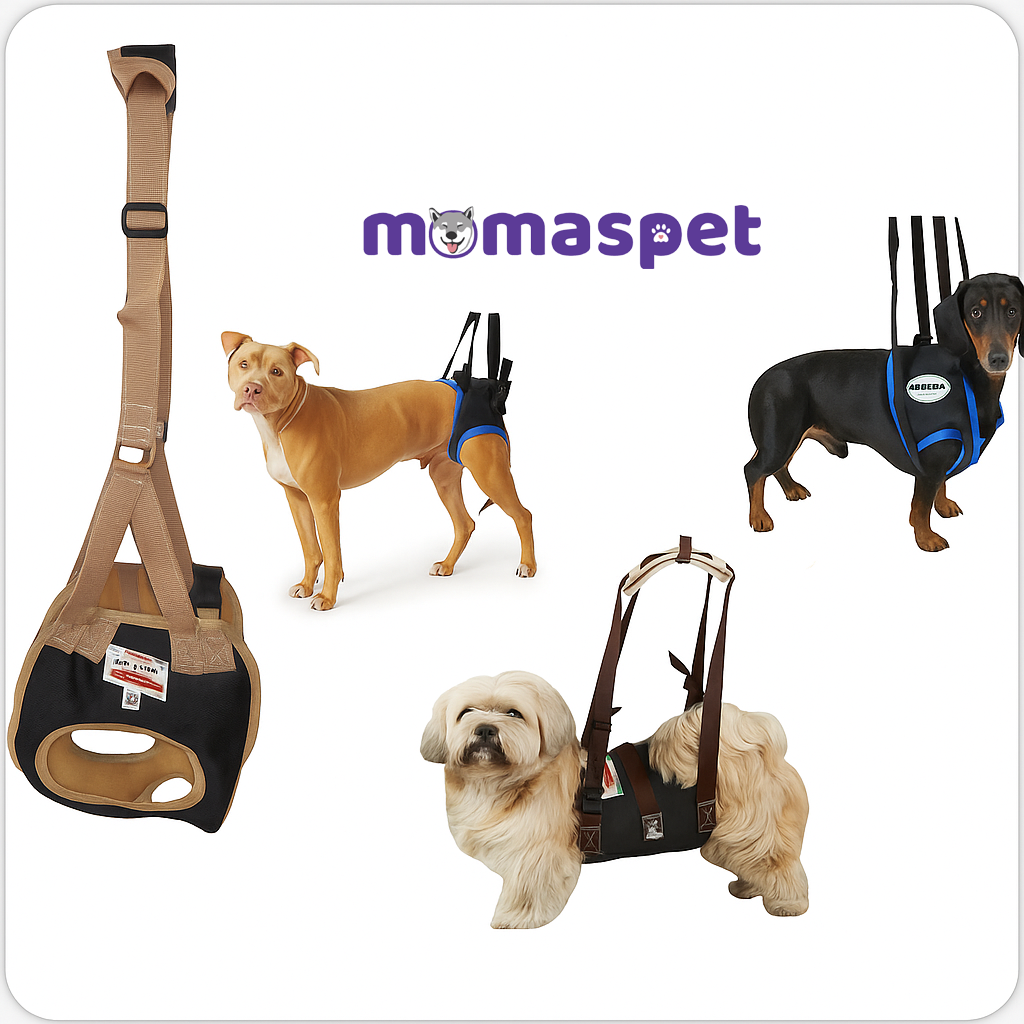
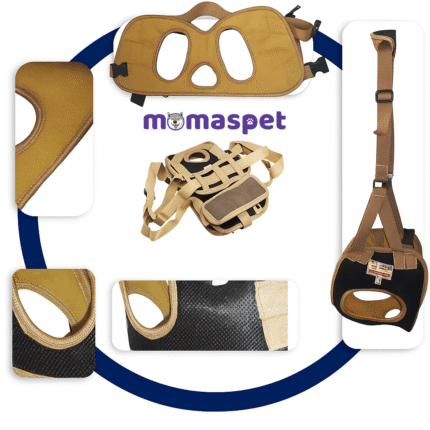
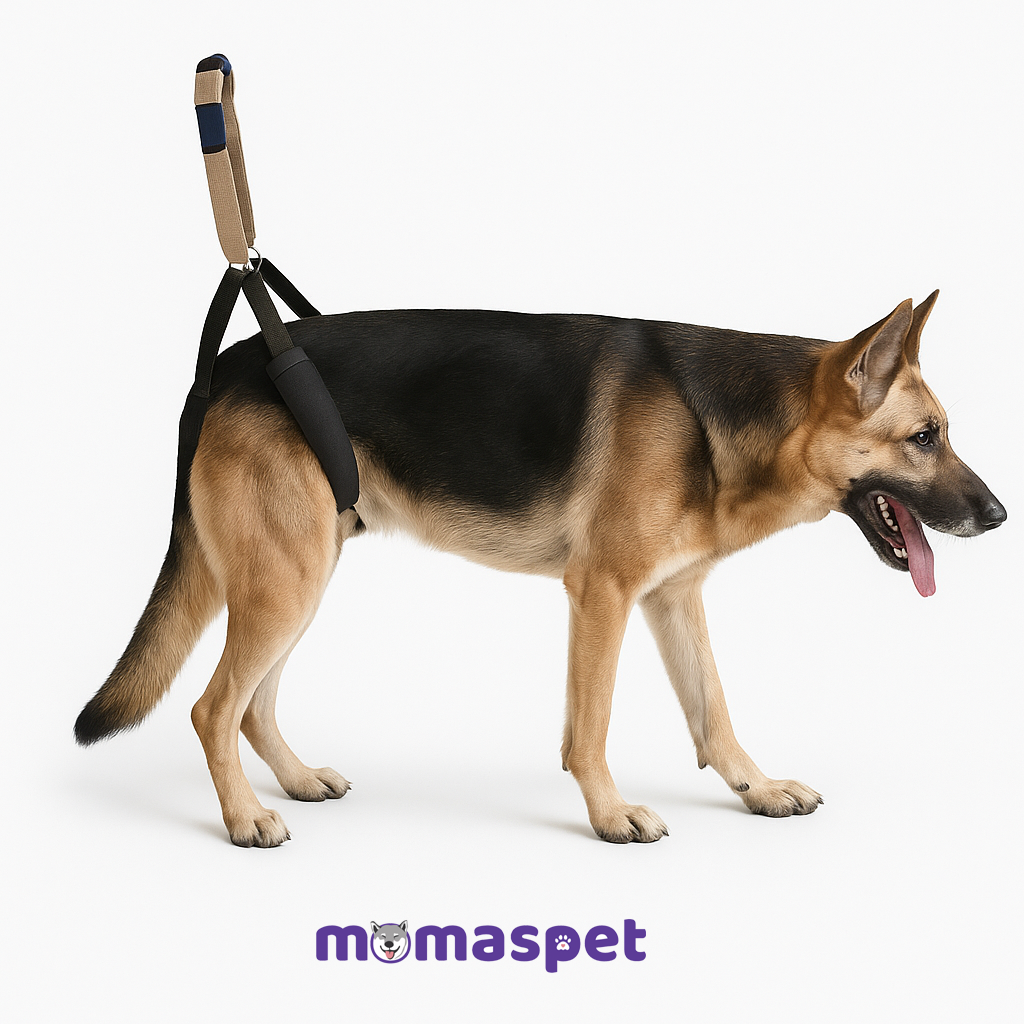
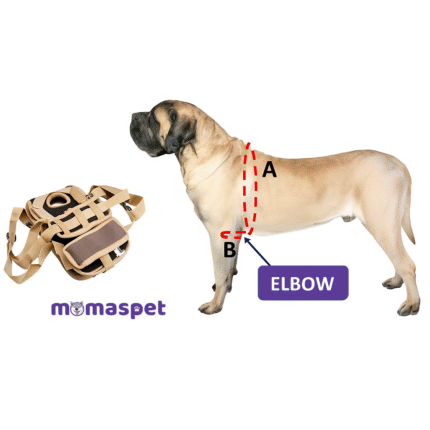
Reviews
There are no reviews yet.